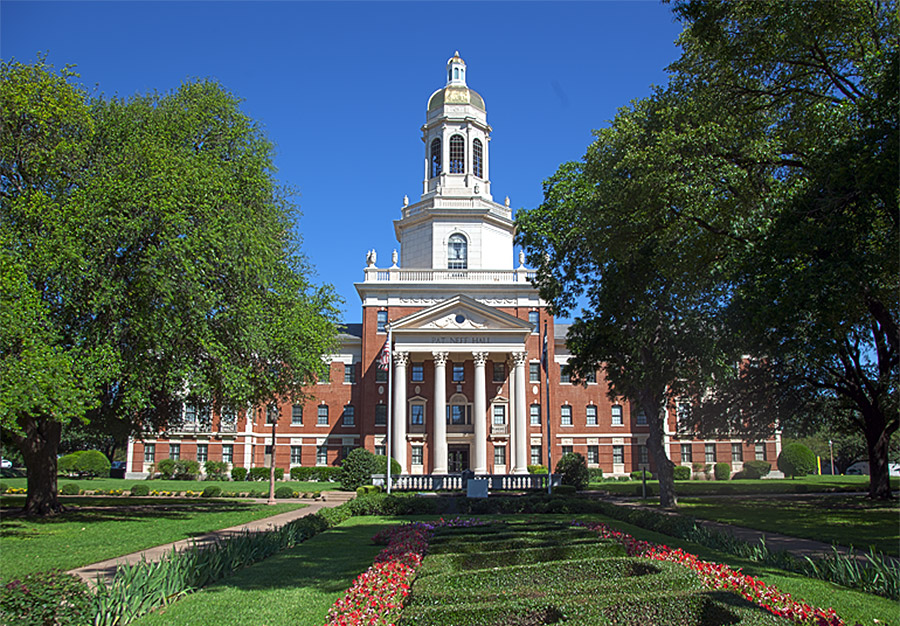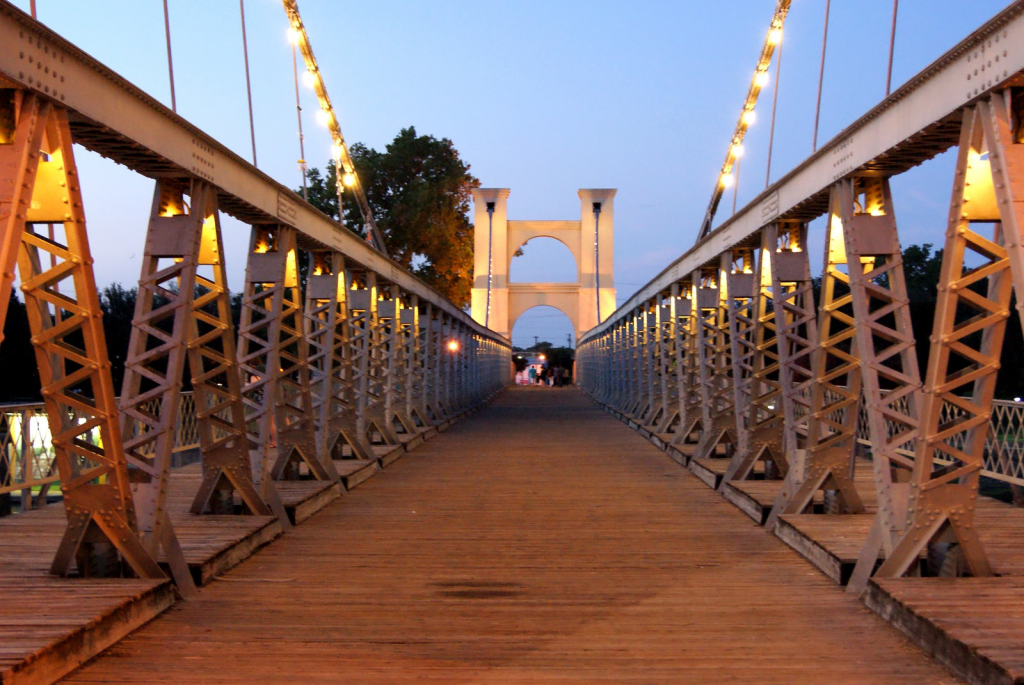
In 2015, the Texas Legislature passed a law that permits CHL holders to concealed carry on university campuses in the state of Texas. However, the law allows private schools to opt out, and Baylor is among several private schools that decided not to allow concealed carry on campus. Although it may sound irresponsible to let barley-functioning adults run around with guns, that is not the case. Baylor opting into campus carry would improve the safety for students on campus.
First, it is important to realize that in order to carry on campus you must be a CHL holder. That means that you are at least 21, completed a handgun training class and passed a shooting exam. Not only does it mean that only trained individuals will be carrying on campus, but only a small percentage of Baylor’s student body are CHL holders, and therefore, only a small percentage will be carrying on campus. It is also important to realize that law only allows concealed carry, meaning it will not be a distraction to the learning environment. Perhaps open carry could be a distraction, but a gun you cannot see cannot be a distraction. Additionally, the school is permitted to ban guns from certain areas of campus. Baylor would be able to ban firearms from specific buildings they feel appropriate. It would not be this crazy environment of students running wild with guns, but rather a handful of individuals who understand the responsibility of carrying a gun.
Currently, firearms are not permitted on Baylor’s campus. If a shooter were to come on campus students would have no way of defending themselves. This past fall semester an active shooter entered the edge of campus, causing the school to be placed on lockdown. Students on campus took cover in classrooms where they sat, defenseless. If the shooter had entered a classroom students would have become easy targets. There is a misconception that a student confronting an active shooter with a gun would make the situation more dangerous. In reality, it would take time for law enforcement to arrive on the scene, during which a student who holds a CHL would be able to calmly and accurately shoot the perpetrator.
Furthermore, concealed carry provides a way for women to defend themselves. Carrying a gun, especially a night, allows women to defend themselves if they are put in a threatening situation. Recently, there was a string of robberies in which a male entered into females’ apartments and attempted to get into their bedrooms. Although this occurred in off-campus housing, it is possible for it to occur in university-owned housing, or for a student to be approached by a harmful individual in a parking garage on campus late at night.
The idea that campus carry would make campuses unsafe because reckless students would be carrying guns is a myth. Instead, campus would be safer because students would be able to defend themselves. A person who intends to harm others will find a way to do so, regardless of whether or not they are permitted to carry gun on campus. Banning guns from campus does not deter crime, but leaves innocent students defenseless. Carrying a gun is a constitutional right, one that should not be suspended just because you step onto campus.
Brittany Gamlen is a junior majoring in political science.







